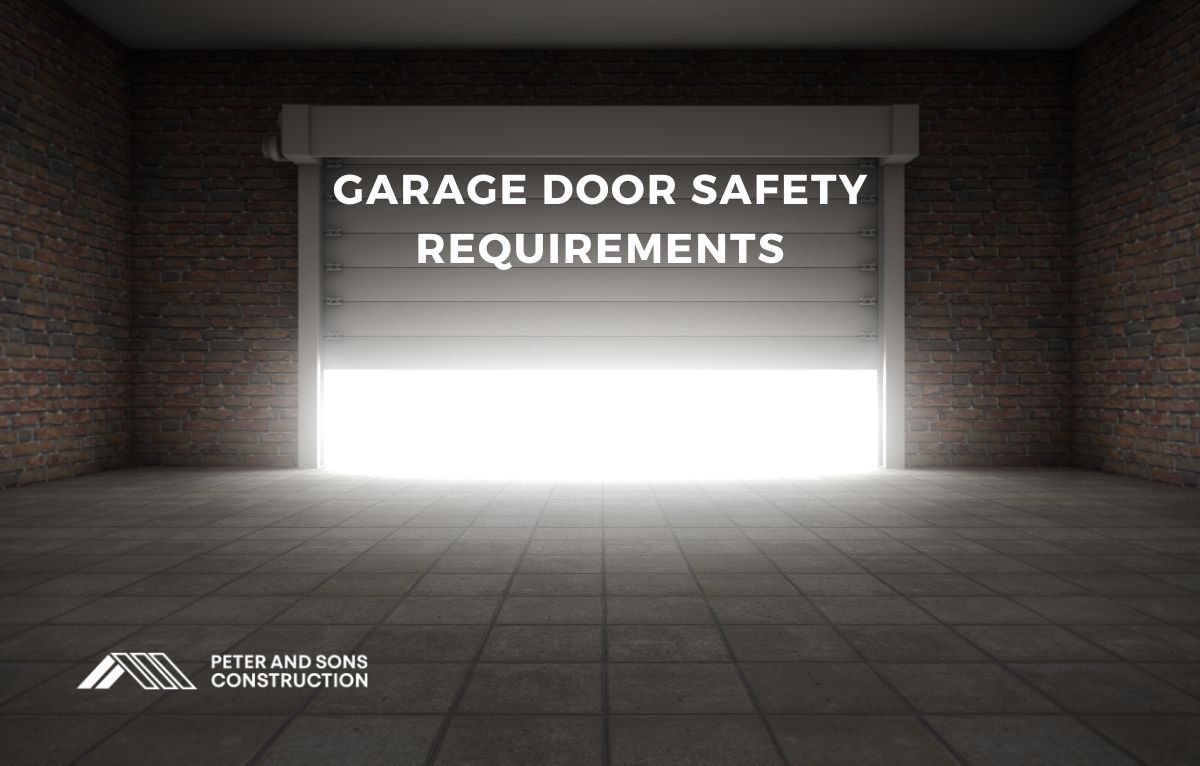Top 10 Benefits of Installing Garage Door Safety Sensors in Your Home
- Editorial Team
- August 26, 2024
- 2:28 pm
- No Comments
When it comes to home safety, garage door safety sensors play a crucial role that often goes unnoticed.
These sensors are designed to prevent accidents and ensure that your garage door operates smoothly.
If you’re considering installing or upgrading these sensors, here are the top 10 benefits you’ll gain through incorporating garage door safety sensors into your home.
1. Enhanced Safety for Your Family
The primary benefit of garage door safety sensors is the added safety they provide.
These sensors detect objects or people in the door’s path, ensuring that the door doesn’t close on them.
This is especially important if you have young children or pets who might accidentally wander into the door’s path.
2. Accident Prevention
Garage door safety sensors help prevent accidents that can occur if the door closes while something or someone is in its way.
Without these sensors, the risk of injuries or damage to property is higher.
Through installing safety sensors, you reduce the chance of such incidents, making your home a safer place.
3. Improved Door Functionality
Safety sensors enhance the overall functionality of your garage door.
They ensure that the door operates correctly, reversing direction if something obstructs its path.
This not only prevents accidents but also keeps your garage door working efficiently.
4. Increased Property Value
Homes with updated safety features often see an increase in property value.
Garage door safety sensors are a valuable addition that can make your home more attractive to potential buyers.
They demonstrate that you prioritize safety, which can be a significant selling point.
5. Reduced Maintenance Costs
Through preventing accidents and damage, garage door safety sensors help reduce the need for costly repairs.
If your garage door encounters fewer problems, you’ll spend less on maintenance and repairs over time.
This can save you money and hassle in the long run.
6. Peace of Mind
Knowing that your garage door has safety sensors installed gives you peace of mind.
You can rest easy knowing that these sensors are working to keep your family safe and prevent accidents.
This added reassurance is invaluable for any homeowner.
7. Compliance with Safety Standards
Many local regulations and safety standards require the installation of garage door safety sensors. Through installing these sensors, you ensure that your home complies with these standards, avoiding potential fines or issues with insurance claims.
8. Ease of Use
Garage door safety sensors are designed to be user-friendly.
Once installed, they work automatically without requiring any additional input from you.
This ease of use means you can rely on them to keep your garage door functioning safely and efficiently without constant attention.
9. Protection for Vehicles
If you often park your vehicle in the garage, safety sensors provide protection against accidental damage.
If an object or vehicle is detected in the door’s path, the sensors will stop the door from closing, preventing any potential damage to your car or other items in the garage.
10. Adaptability to Modern Technology
Many modern garage door safety sensors are compatible with smart home systems.
This means you can integrate them with your home automation setup for added convenience.
You can monitor and control your garage door remotely, adding another layer of safety and ease to your home.
Why Garage Door Safety Sensors Are a Wise Investment
Installing garage door safety sensors offers numerous benefits that enhance both safety and convenience in your home.
From preventing accidents and reducing maintenance costs to increasing property value and providing peace of mind, these sensors are a wise investment for any homeowner.
At Peter&Sons, we understand the importance of home safety and are dedicated to providing top-quality garage door solutions.
We offer a range of products and services to ensure that your garage door is equipped with the best safety features available.
Visit our website to explore how we can help you upgrade your garage door system with reliable safety sensors and other advanced solutions.
With our expertise, you can enjoy all the benefits of garage door safety sensors and more.




